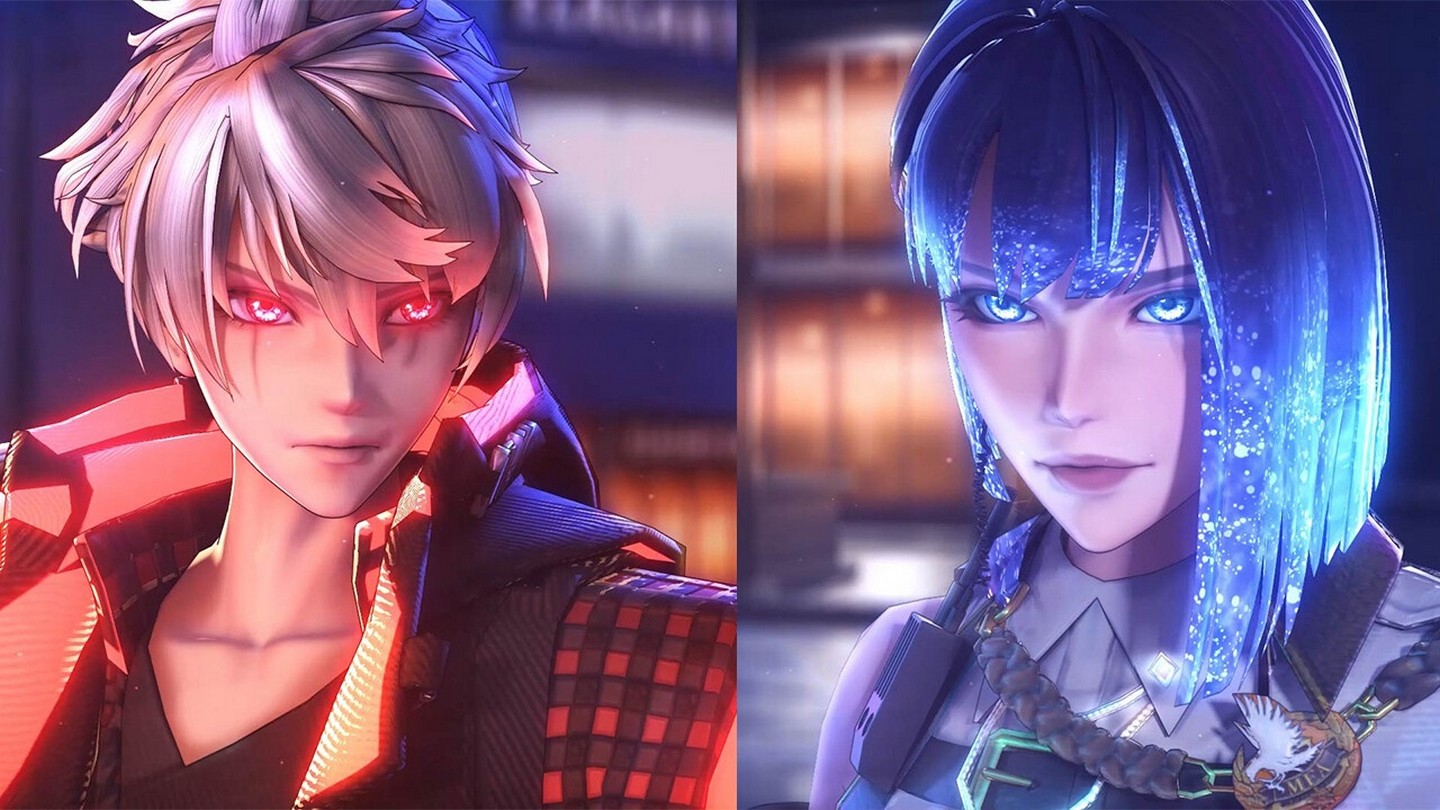
Initial release date: July 25, 2024
Platforms: Nintendo Switch, PlayStation 5, PlayStation 4, Microsoft Windows
Developers: FuRyu, NatsumeAtari
Composer: Yoko Shimomura
Genres: Role-playing video game, Action game, Adventure game, Fighting game, Adventure
Publishers: NIS America, FuRyu
Engine: Unity
Reynatis, a collaboration between Shibuya-based FuRyu and Natsume Atari, is bursting with ideas. Often, it appears that the teams are unable to reject a half-hearted plan, which is detrimental to the game.
The plot envisions the Shibuya Scramble as a hub for persons with magical skills, with wizards living alongside normal humans. However, because to the potential for their talents, the usage of ‘Wizarts’ is outlawed in public.

Without a question, it is an intriguing premise that puts Shibuya on edge with mistrust. This unease has resulted in the formation of the Magical Enforcement Agency (or M.E.A. for short), which hunts down rogue wizards. However, this air of fear is reflected in elements ranging from propaganda plastered throughout the ward to loudspeakers warning of an eleven o’clock curfew. Naturally, some of the oppressed have organized a guild to oppose anti-wizard policies.
Featuring Boomer Cops and Rizzless Wizards
Although this setup would be enough to propel most games, scenario writer Kazushige Nojima incorporates a drug epidemic, a negativity contagion, stress levels for playable individuals, and even a simulated social network platform. In keeping with the expositional intricacy, Reynatis’ perspective is split across two playable characters. Sari Nishijima is an M.E.A. officer who believes in limiting magic, but Marin Kirizumi aspires to be an unstoppable wizard who can put an end to the oppression. The framework is one of the few pedestrian plot components; it’s clear from the start that these individuals will cross paths. The opening cinematic even shows them crossing paths from a side perspective, similar to Your Name’s hallmark shot.

However, Reynatis’ complicated context makes Sari and Marin feel more like beliefs than relatable persons. However, there are a few commendable attempts at development, such as the in-game text messages that reveal Sari’s stiff manner or Marin’s inability to fit in. Slang can often cause a game to appear out of date. However, a first-rate localization employs language to assist identify a character’s social position in the title’s teen-dominated, media-saturated universe.
A few spelling mistakes
Reynatis’ penchant for a convoluted tale extends to the action. In combat, playable characters can switch between Liberated and Suppressed modes. The former lets you to perform basic attacks, with the strength of each hit taking a specific quantity of MP. If your magic gauge is totally full, you’ll have several seconds to execute an uncontested combo of powerful Wizarts. Given that your basic strikes reduce enemy lifebars slowly, this is one of the few offensives that makes you feel like a spell-casting juggernaut.

Surprisingly, Suppressed Mode does not attempt to portray vulnerability or even offer a risk/reward wager. Instead, you’re given a split-second notice before being hit by projectiles, as well as the option to perform a powerful parry that will help replenish your magic gauge. Even if you’re not actively rejecting attacks, being suppressed will eventually fill up the meter. Reynatis seeks to keep the action exciting by allowing players to switch between playable characters after a cooldown. However, at the halfway mark, persistent enemy attack patterns stifle these ambitions and combat becomes repetitive.
Evading the Cancel Culture
Worse, many activities outside of battle do not fully fit together. When Marin and his fellow resistance wizards practice magic in public places, it often draws the attention of phone-clutching passersby. Their social media posts may be detected by the M.E.A, forcing you to evacuate the area or face a fight with top agents. However, evasion is only a little inconvenience because you can quickly travel and rapidly calm any agency heat. While the traditional player health system is a standard method for creating tension, the game contradicts its meal-selling eateries by mending characters at neighboring save places.

Reynatis’ depiction of Shibuya is impressive. The game replicates the urban density of Tokyo’s special ward and features authentic branding (unfortunately, Hachiko is replaced by a crow). However, if you become sidetracked by portals that take you to modest, forest-lined roads and monster rooms, you’ll certainly reflect on the developers’ goals. A change of scenery is good, but why drop players down in one of the most boring action-RPG settings available?
In summary
However, the title’s flaws do not end there. The level of malice that permeates Shibuya can cause side quests to dwindle. Earning new Wizarts, however, requires players to accomplish arduous tasks spread across the campaign’s 33 chapters. While certain color-cycling subordinate enemies might be forgiven, repeating the same boss encounter numerous times ruins the 25-30 hour campaign. The ultimate insult might be a The World Ends With You crossover quest, which would provide a far more unified action role-playing experience.

Reynatis was played on PC using a review code provided by the publisher.
Review Overview
Gameplay: 75%
Controls: 70%
Aesthetics: 80%
Content: 72%
Accessibility: 75%
Value: 74%
Overall: 73%
FAIR
Summary: “Reynatis” is a compelling blend of strategy and action set in an intriguing universe. While the gameplay is engaging and the graphics are enticing, the game has several control difficulties and monotonous content. Despite its limitations, it offers plenty of pleasure for enthusiasts of the genre. With more developed mechanics and a better narrative, “Reynatis” might become a more memorable gaming experience.
